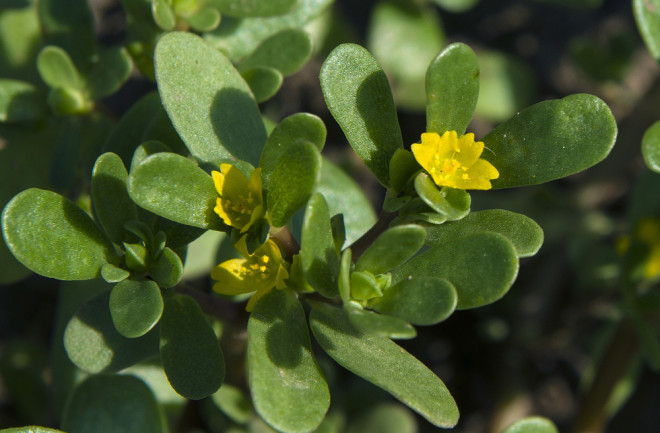
Research reveals important hints on developing drought-resistance crops based on a common plant. The study will revolutionize science and improve conditions despite climate change.
‘Super plant’ holds secrets to drought-resistance crops
On August 5, researchers from Yale University published a study in the journal of Science Advances. It is monumental in the production of drought-resistance crops. The study explains how purslane (Portulaca oleracea) can integrate two different metabolic pathways. The mechanism allows for the production of a new type of photosynthesis enabling the weed to withstand drought and remain productive. The weed has evolutionary adaptations making it highly productive and drought tolerant.
While several scientists assumed it was C4 and CAM functioning separately, this study proves otherwise. The study, led by Jose Moreno-Villena and Haoran Zhou, postdoctoral researchers at Yale reveals these two processes are fully integrated. In the C4 pathway, plants convert sunlight into oxaloacetic acid before converting it to usable energy. However, CAM pathways allow plants to store energy from the sun and convert it to usable energy at night. It is common in xerophytic plants. i.e., plants adapted to living in dry habitats.
How is this common weed special?
A geographical investigation of gene expression within the leaves of the plants revealed integration of CAM and C4 processes. They function in the same cells as the C4 pathway processing CAM byproducts. They also found that this process offers additional and unusual levels of production during drought. “This is a very rare combination of traits and has created a kind of ‘super plant’ — one that could be potentially useful in endeavors such as crop engineering,” stated Erika Edwards. Edwards is a professor of ecology and evolutionary biology at Yale and a senior author.
The team also developed metabolic flow models. They reveal the creation of an integrated system that matches with actual findings. A better understanding of this new process will help in the engineering of drought-resistance crops such as corn.“In terms of engineering a CAM cycle into a C4 crop, such as maize, there is still a lot of work to do before that could become a reality. But what we’ve shown is that the two pathways can be efficiently integrated and share products. C4 and CAM are more compatible than we had thought, which leads us to suspect that there are many more C4+CAM species out there, waiting to be discovered,” added Edwards.
